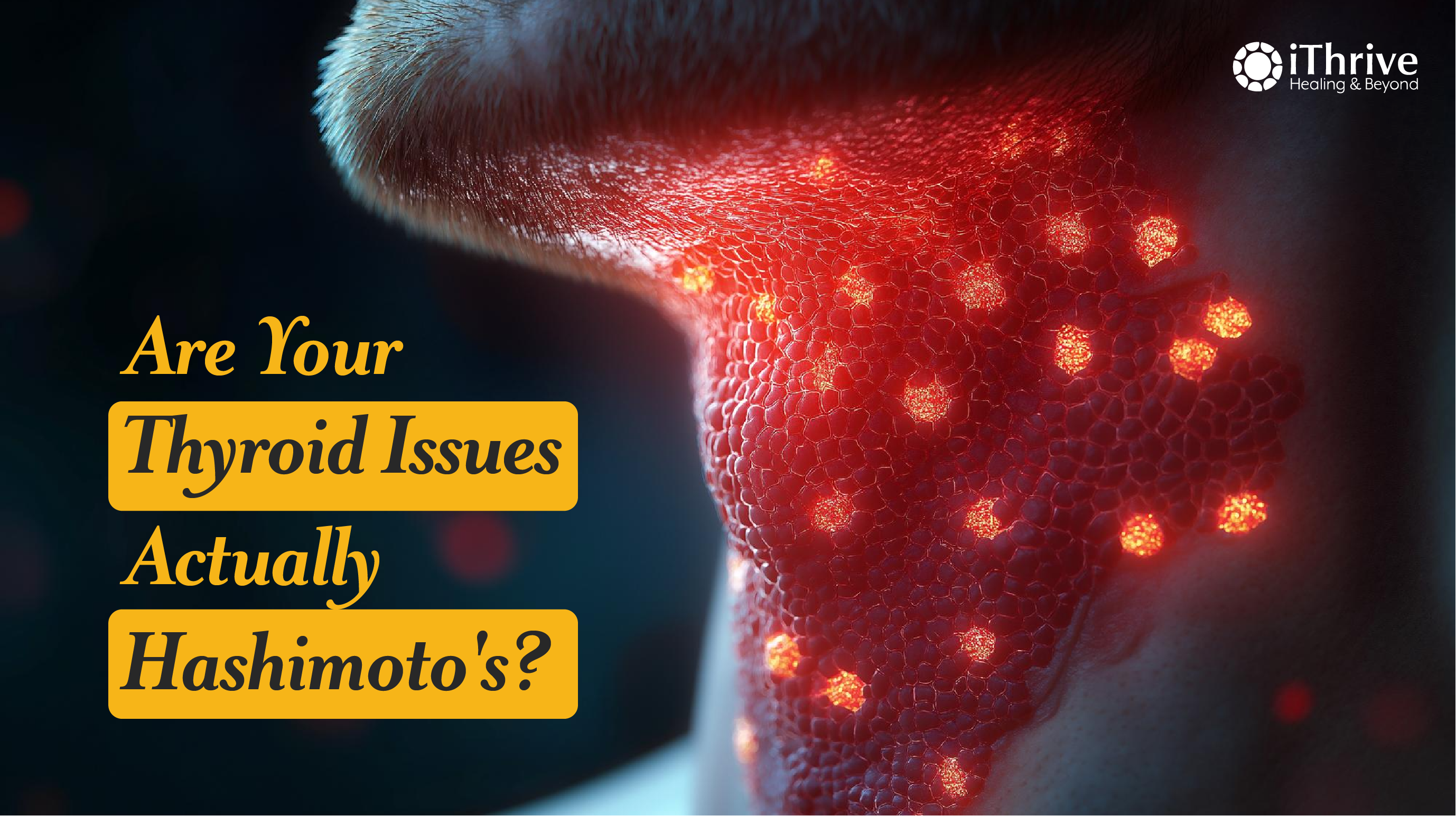Ever noticed these spotty skin areas that appear to come and go? They can be red, scaly, and downright annoying. You might have tried all kinds of lotions and potions to get rid of them, but nothing seems to work. My friend, it's possible that you have psoriasis.
The annoying friend who constantly drops by uninvited and stays too long is psoriasis. It has an impact on millions of individuals throughout the world and can seriously lower your self-confidence and self-esteem. But fear not! It can make a huge difference to know what psoriasis is, what causes it, and how to treat and manage it the right way
So let's start by diving in and learning more about this intriguing disease. We'll cover everything from the most recent studies to useful advice.
WHAT IS PSORIASIS?
Psoriasis is a chronic, autoimmune disease that affects the skin, nails, and joints. It is distinguished by red, scaly spots that are very unpleasant and uncomfortable. When healthy skin cells are erroneously attacked by the immune system, it can lead to psoriasis. This causes the healthy skin cells to expand and divide abnormally quickly. As a result, skin cells accumulate and create the scaly patches that are associated with the condition1 .
Varying Incidence Rates Across the World
The prevalence of Psoriasis varies widely worldwide ranging from 0.09% in Africa to 11.4% in Europe. The global prevalence of psoriasis was estimated to be 2.5%2 . A meta-analysis of 52 studies on psoriasis in India estimated the overall prevalence of psoriasis in India to be 0.44% to 2,8 %. The study also reported a higher prevalence of psoriasis in the northern and western regions of India compared to the southern and eastern areas3 .
THE RED FLAGS
- Skin lesions- The emergence of skin lesions is a defining characteristic of psoriasis. These lesions, which can occur anywhere on the body, are often red, scaly, and elevated. Lesions can be itchy or painful, or both.
- Plaques- The most frequent form of skin lesion linked with psoriasis is plaque. These plaques are elevated, scaly skin areas that might be silver or red in hue.
- Nail changes- Psoriasis can also cause changes in the nails, such as thickening, discolouration, and pitting.
- Joint discomfort- Psoriasis can affect the joints in some cases, producing pain, stiffness, and edema. This is referred to as psoriatic arthritis.
- Itching and burning- Psoriasis lesions can be itchy and painful, especially if they are in sensitive places such as the face, genitals, or skin folds.
- Dry skin- Psoriasis can create dry, cracked skin that is prone to bleeding.
- Scalp involvement- Psoriasis can cause red, scaly spots and peeling on the scalp4 .
WHAT PUTS YOU AT RISK?
Since the incidence of psoriasis varies significantly between different countries and can manifest at any age, it is likely that psoriasis is influenced by a person's ethnicity, genetic background, and environment. The development of psoriasis is significantly influenced by genetic factors5 6 . Here are some of the risk factors that play a role in the development of psoriasis.
- Genetics: One of the biggest risk factors for developing psoriasis is a family history of the condition. Genome-wide scans for psoriasis susceptibility have found strong evidence for a major locus on the short arm of chromosome 6 (PSORS1, Psoriasis Susceptibility 1) within the major histocompatibility complex7 . The PSORS1 region contains several immune-related genes, including HLA-C, HCR (hematopoietic cell-specific transcript 1), CCHCR1 (coiled-coil alpha-helical rod protein 1), and several other unknown genes. Because certain HLA-C variants are strongly associated with psoriasis susceptibility, the HLA-C gene is especially important in the PSORS1 region8 . Up to 40% of those who have psoriasis are thought to have a familial history of the disorder 1 .
- Environmental triggers: Exposure to certain environmental variables can cause psoriasis in persons who are genetically prone to the condition. Air pollution has significantly impacted human skin throughout the years, and numerous air pollutants such as polycyclic aromatic hydrocarbons, volatile organic compounds, oxides, particulate matter, ozone, heavy metals, and UV harm the skin by producing oxidative stress9 . Smoking, illnesses, stress, and cold weather are all triggers.
- Obesity: Obesity is a significant risk factor for the development of psoriasis, especially in women. Body fat is inflammatory. Obese people have chronic low-grade inflammation in their adipose tissue(body fat), which can contribute to the development of psoriasis. Adipose tissue produces pro-inflammatory cytokines and chemokines that can promote immune cell migration and activation to the skin10 . Obese persons are at a higher risk of acquiring psoriasis, and losing weight can help alleviate symptoms in those who already have the illness11 12 .
- Medicines: Some medications, such as lithium, beta-blockers, and antimalarial treatments, like (hydroxy)chloroquine, interferons, imiquimod, and terbinafine might cause psoriasis13 14 .
- Vitamin D deficiency: Vitamin D is essential for the immune system and skin health. According to research, persons with psoriasis may have decreased vitamin D levels, and vitamin D treatment may assist some people to improve their symptoms15 .
- Hypertension: Hypertension is associated with endothelial dysfunction, which can impair blood flow and oxygen delivery to the skin. This can contribute to the development and exacerbation of psoriasis by creating a pro-inflammatory environment.
It is also linked to low-grade chronic inflammation, which can aid in the development and exacerbation of psoriasis. Inflammatory cytokines and chemokines released by hypertensive individuals can activate immune cells and promote the migration of inflammatory cells to the skin. A meta-analysis found that people with psoriasis had a higher prevalence and incidence of hypertension. This meta-analysis also discovered that severe psoriasis was linked to an increased risk of hypertension. Psoriasis patients tend to have more severe hypertension16 .
- Infections: The link between psoriasis and streptococcal infection is widely known. Psoriasis develops following streptococcal infection, with guttate psoriasis being the most prevalent kind. Although the symptoms are self-limiting, they might reoccur if the streptococcal infection is reactivated17 .
CONVENTIONAL VS FUNCTIONAL MEDICINE: The differences in Treatment Approaches
In conventional treatment, psoriasis is often treated with a combination of medication, lifestyle changes, and self-care techniques. For mild to moderate psoriasis, topical therapies such as corticosteroids, vitamin D analogues, and retinoids are frequently used as first-line therapy. These medications act by lowering inflammation and inhibiting skin cell proliferation18 . Under medical supervision, phototherapy, often known as light therapy, involves exposing the skin to UV radiation. This can assist to minimize inflammation and inhibit skin cell proliferation. Narrowband UVB and PUVA phototherapy are two forms of psoriasis phototherapy19 .
The functional approach is however different. To permanently reverse chronic illnesses instead of just managing symptoms, functional nutrition employs cutting-edge testing and root-cause analysis. It looks for the autoimmune trigger that sets off the attack on the skin cells.
In the majority of psoriasis instances, it was seen that the illness may be reversed by eliminating inflammatory items from the person's diet, improving their diet overall, treating any gut dysbiosis and healing their gut, and addressing any hormone imbalances and nutritional deficiencies best. Eliminating inflammatory foods and improving your diet can do wonders. Also get your micronutrient levels checked on a regular basis.
Certain lifestyle changes can aid in the treatment of psoriasis. Maintaining a healthy weight, avoiding triggers that aggravate symptoms, controlling stress, and quitting smoking are all part of this20 . Regular exercise can aid in the reduction of inflammation, the improvement of cardiovascular health, and the promotion of overall well-being. It can also help with stress management, which is a common cause of psoriasis flare-ups. Because stress can cause or worsen psoriasis flares, it is critical to find ways to manage stress. Deep breathing, meditation, or yoga are examples of relaxation techniques, as are hobbies or other activities that promote relaxation. Psoriasis flares can be triggered by skin trauma such as cuts, scrapes, or sunburn. It is critical to protect your skin by wearing protective clothing and preventing sunburn.
Self-care techniques include regular bathing, the use of anti-bacterial moisturizers (or oregano oil), and the avoidance of harsh soaps and detergents20 . One can also consume Krill oil supplements which play a vital role in the healing process. Wearing loose-fitting clothing and utilizing a humidifier in dry climates can also help decrease skin irritation.
It is necessary to consult with a healthcare specialist who can assist in developing a customized psoriasis treatment strategy. This can assist in ensuring that the therapy is successful and safe, as well as monitoring for any potential adverse effects.
All in, psoriasis care necessitates a multifaceted strategy that addresses both the physical and mental elements of the disease. Many patients with psoriasis can experience complete reversal or have the condition reduced to a relatively manageable state with the correct treatment and care.
References:
Subscribe to our newsletter and receive a selection of cool articles every week




.png)


.webp)

.jpg)





